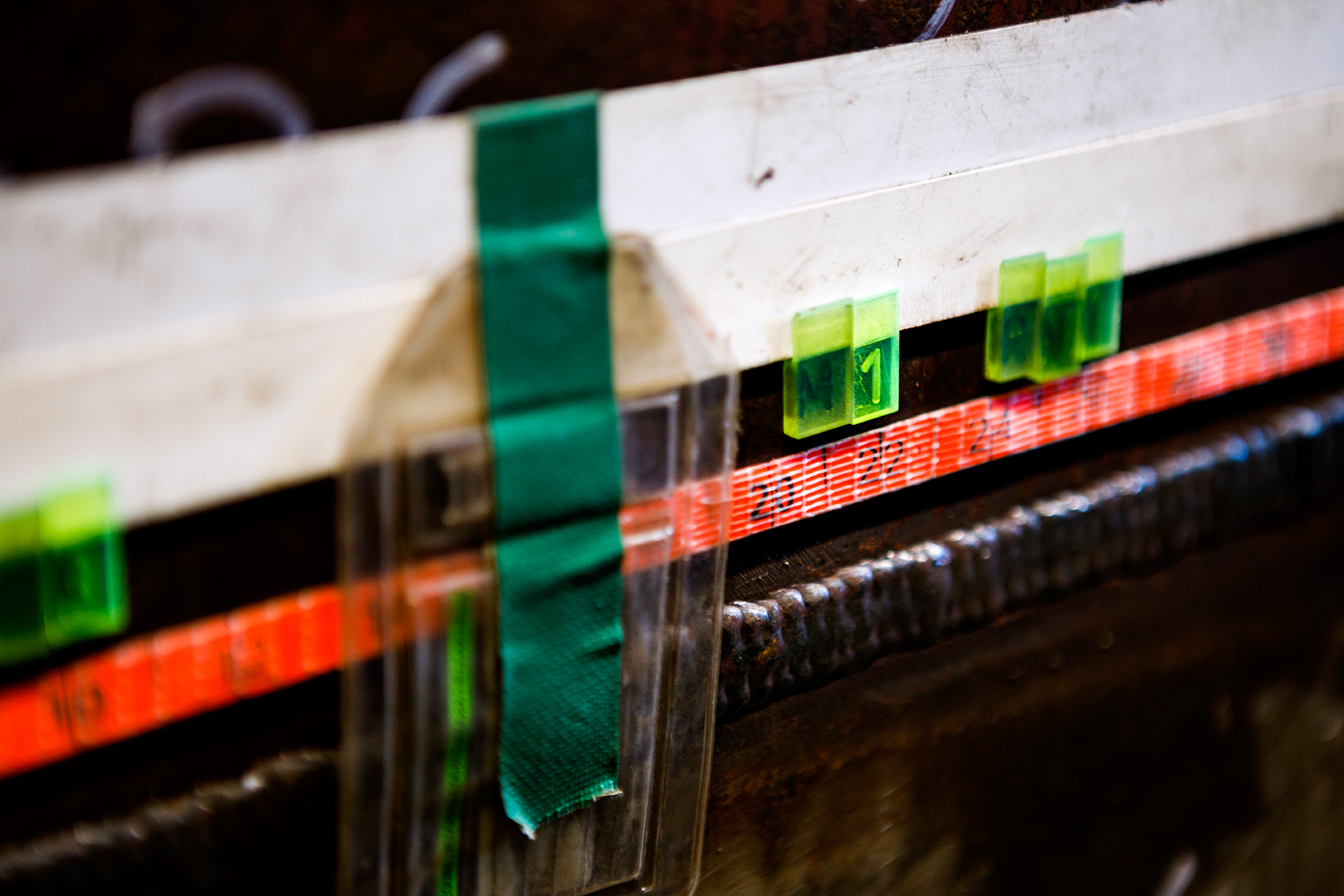RADIOGRAPHIC TESTING (FILM TECHNOLOGY)
A radiographic testing is a non-destructive volume inspection procedure for structural components during the manufacturing process as well as operating components. It serves the detection of internal errors.
A radiographic testing is based on the fact that homogenous areas and voids or material separations reduce the electromagnetic radiation differently. These so called dose rate differences cause distinct optical densities on an X-ray film.
The application range of radiographic testing is very broad. The procedure is used to inspect welding seams and casting parts, to determine residual wall thickness of pipes or to test forgings.
The stationary inspection is executed in special bunkers or cabins. The mobile radiographic testing is conducted in strict accordance with radioprotection guidelines, e. g. in petrochemical facilities, during the manufacturing process of machine and tank construction as well as on pipelines.
Procedure description:
- Depending on the circumstances, stationary/mobile X-ray tubes or radioactive isotopes (selenium75, iridium192 or cobalt69) are used for the inspection. The radiation source is positioned at a certain distance to the structural component, right above the area in question.
- An image quality specimen and an X-ray measuring tape are placed at the back of the component, while the component number is applied in lead letters. An X-ray film is aligned in such a way that all indicators are visible on the final shot.
- Following this, the X-ray film is “exposed” and then either mechanically or manually developed.
- The evaluation is carried out with the help of a film viewing box. The shot is assessed by an inspector, who documents potential indications (blowholes, pores, cracks etc.).

